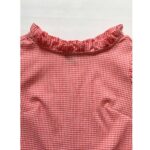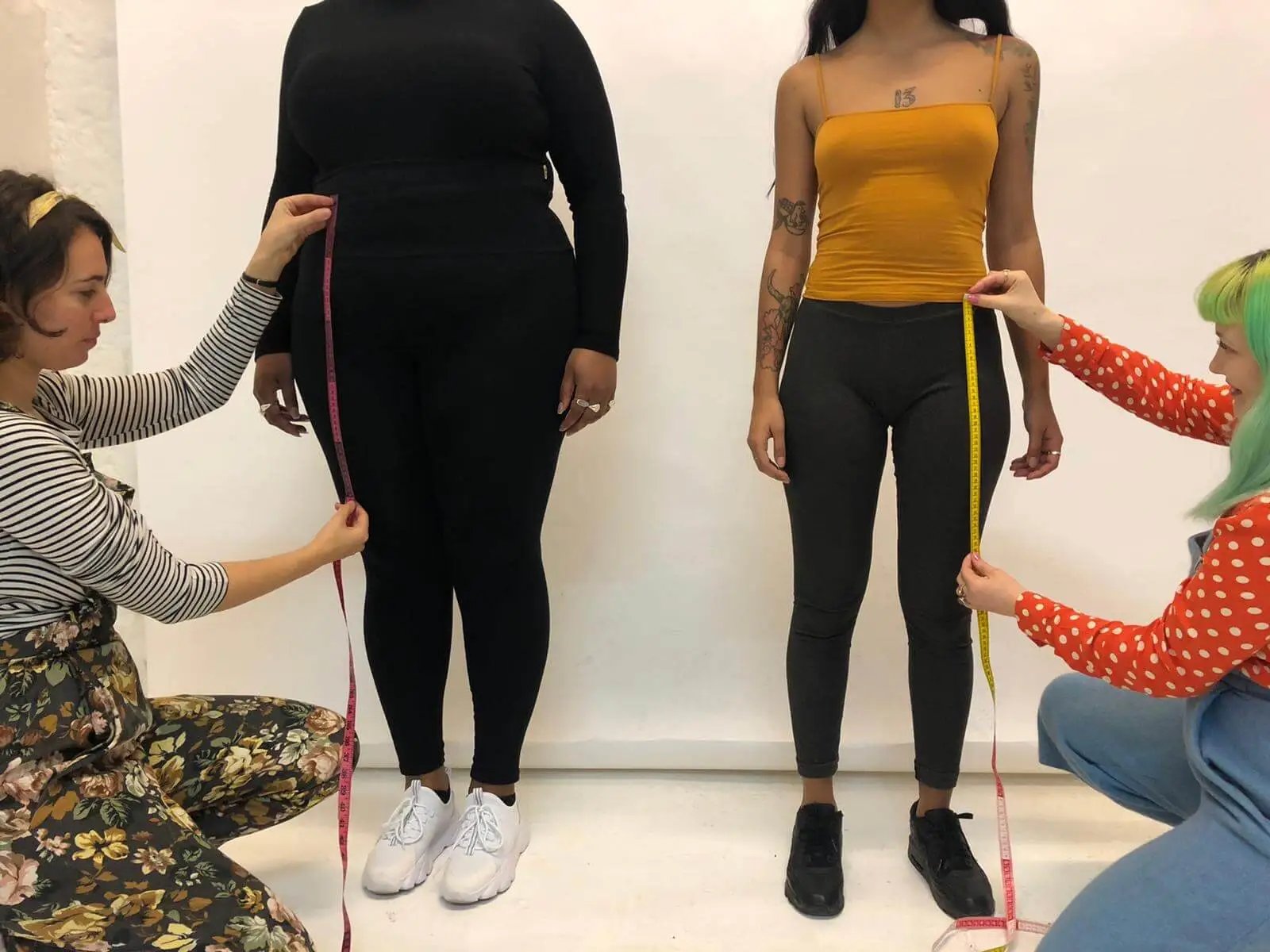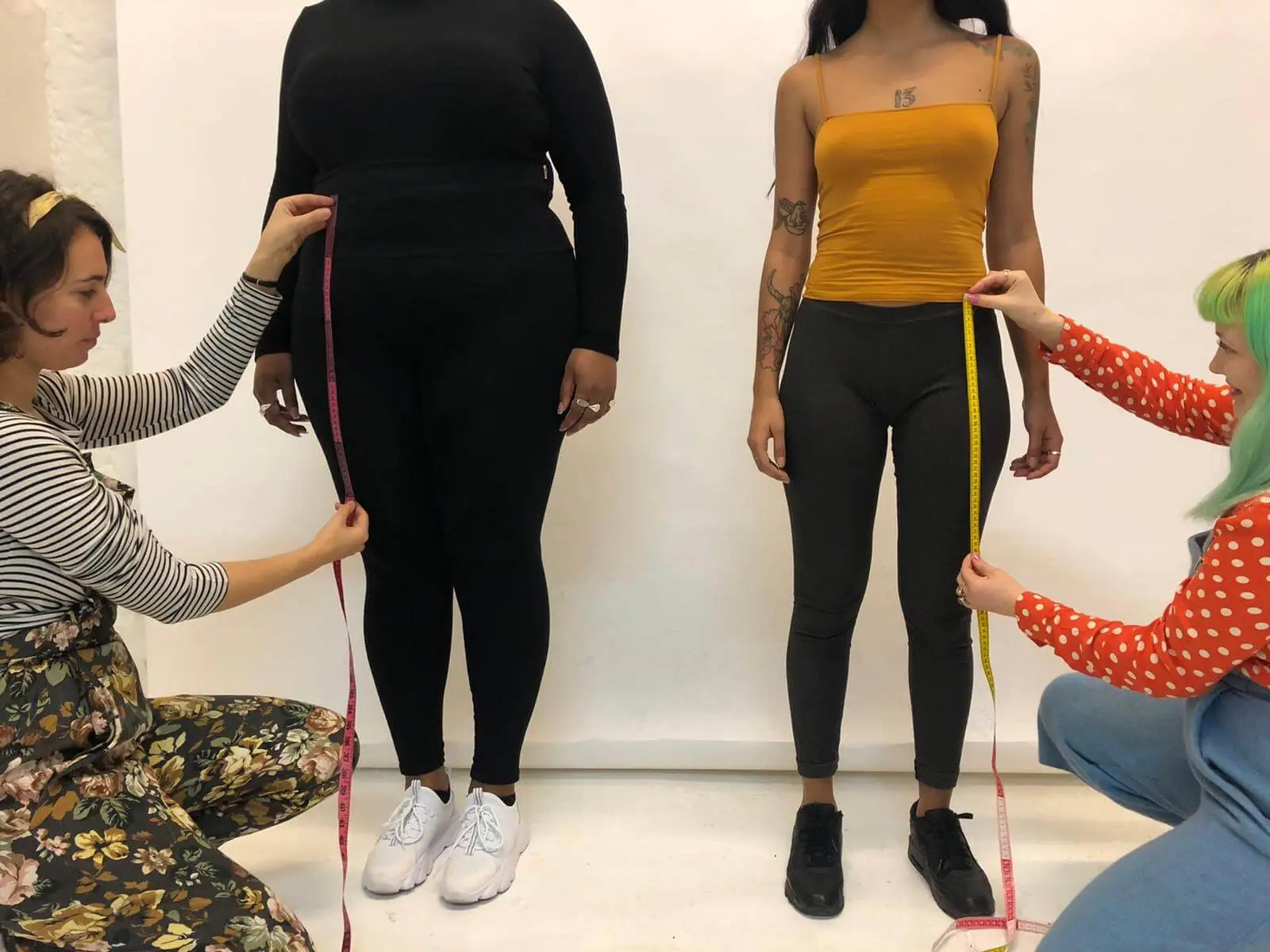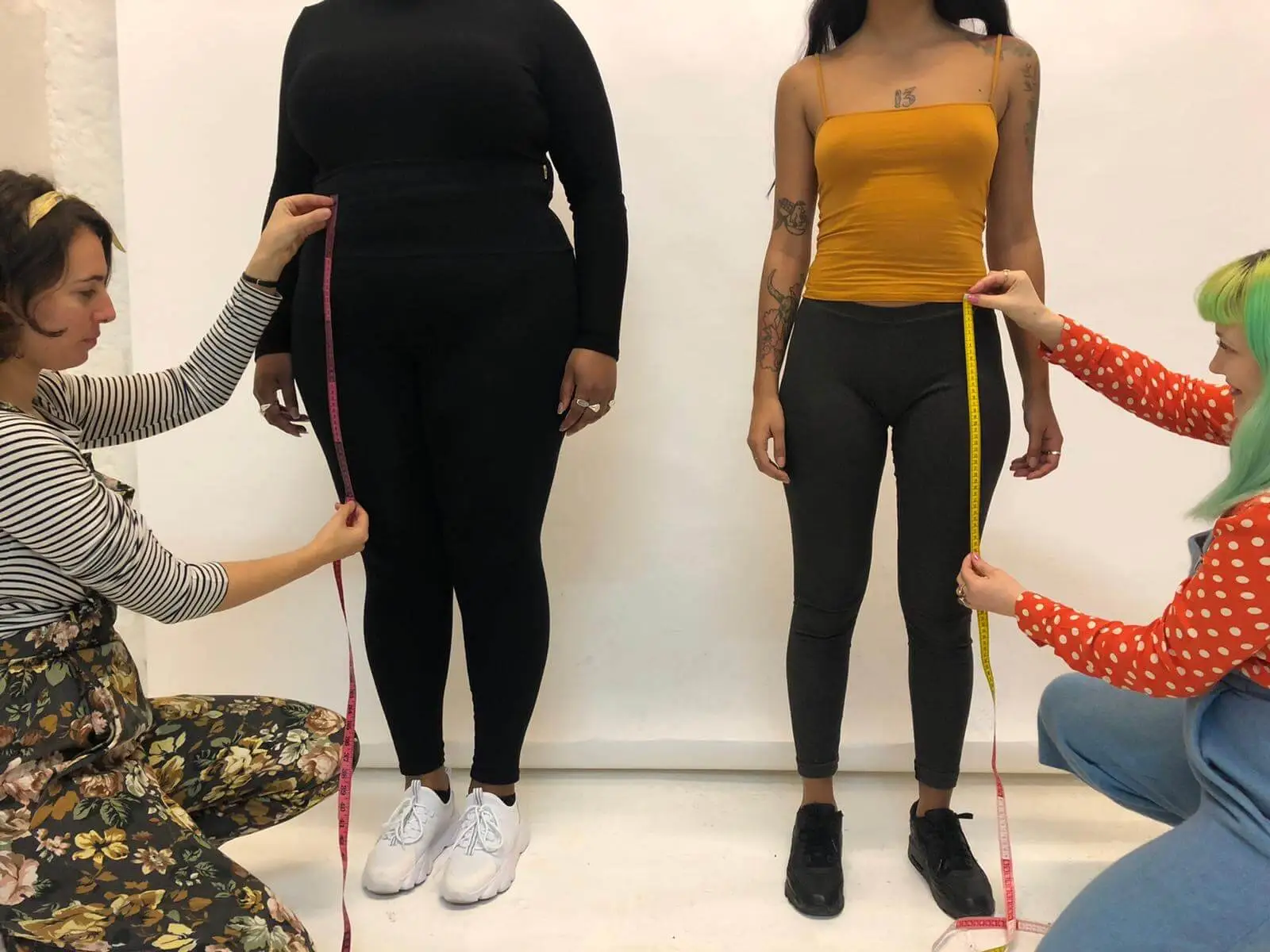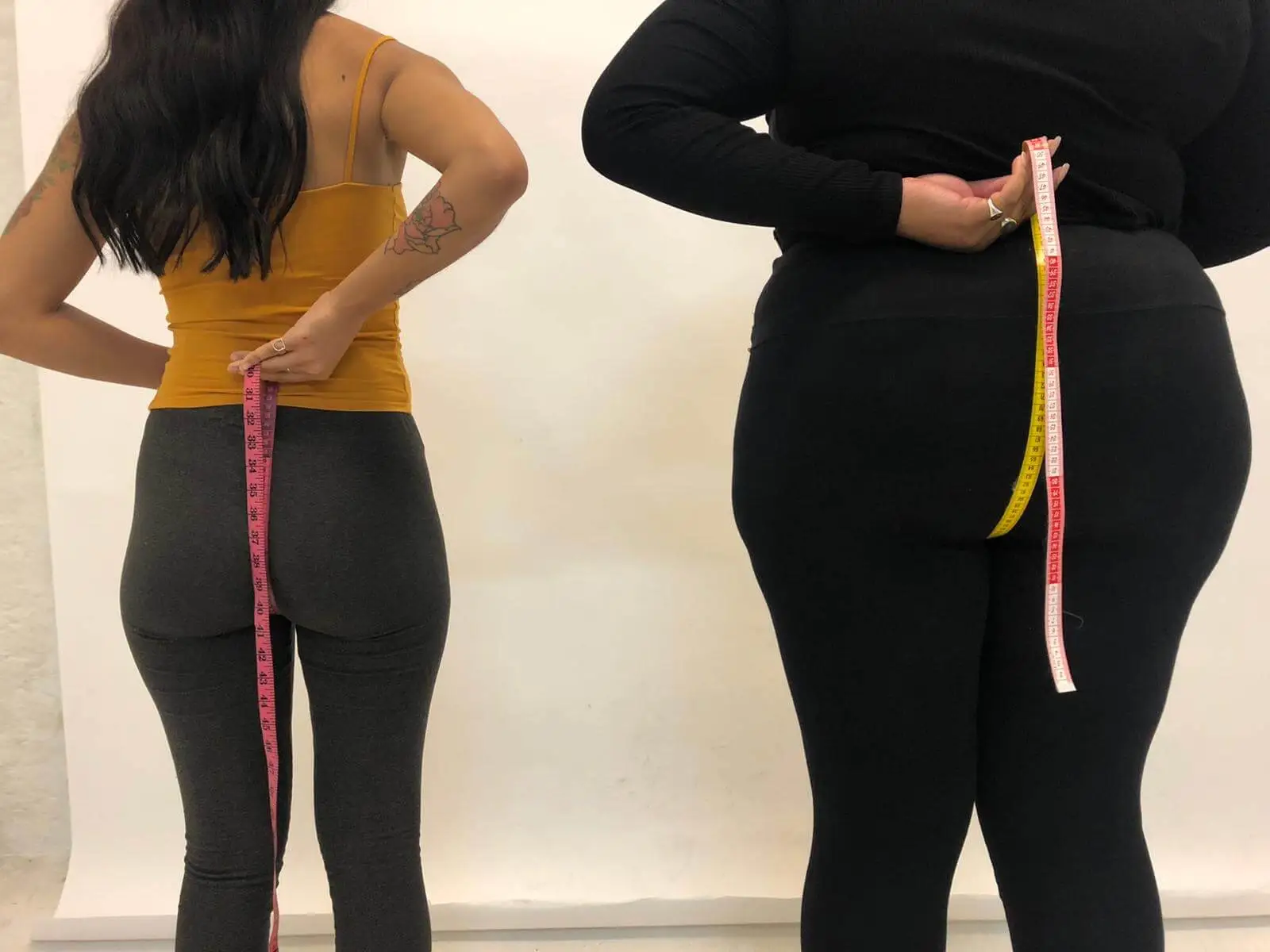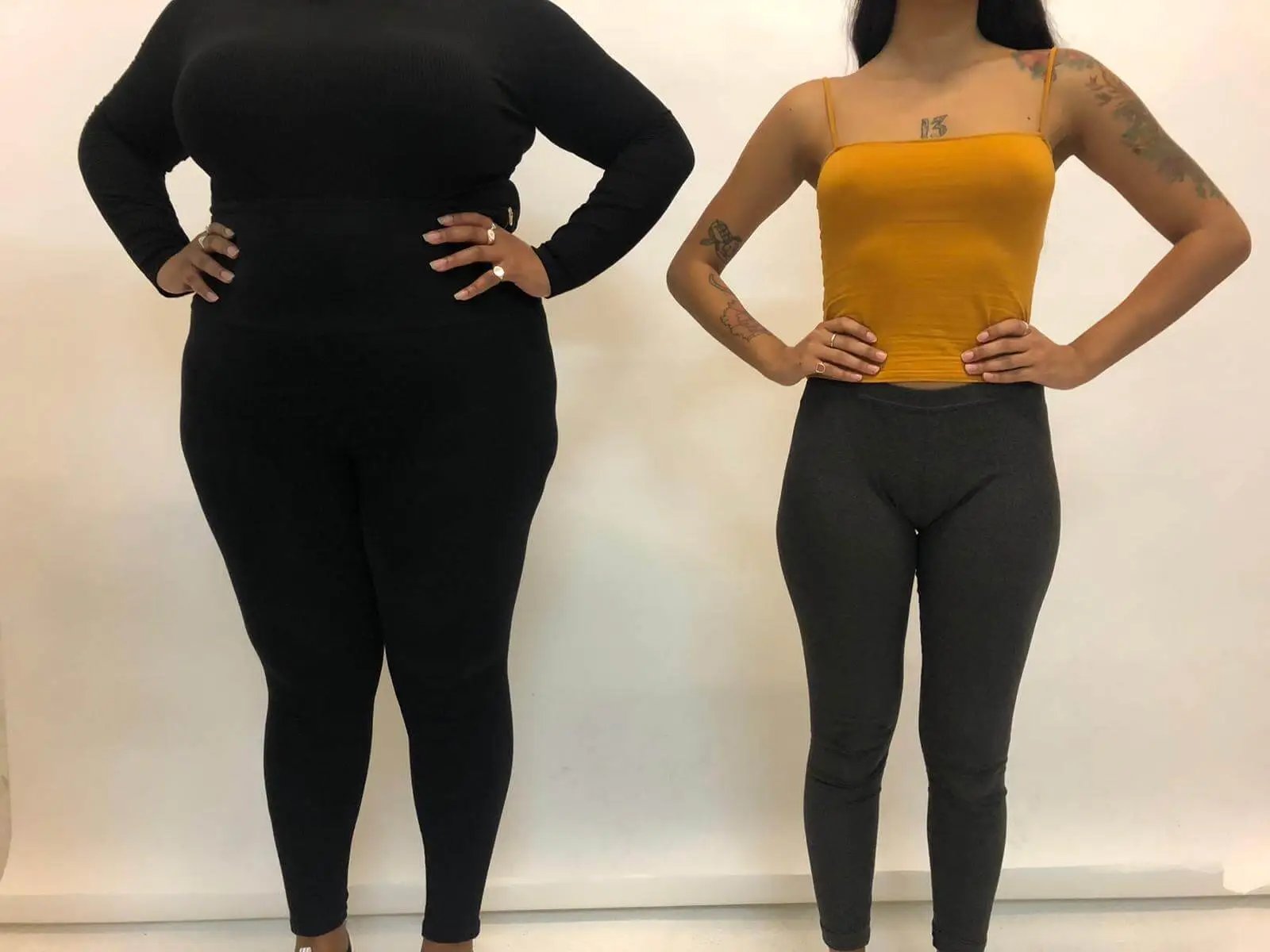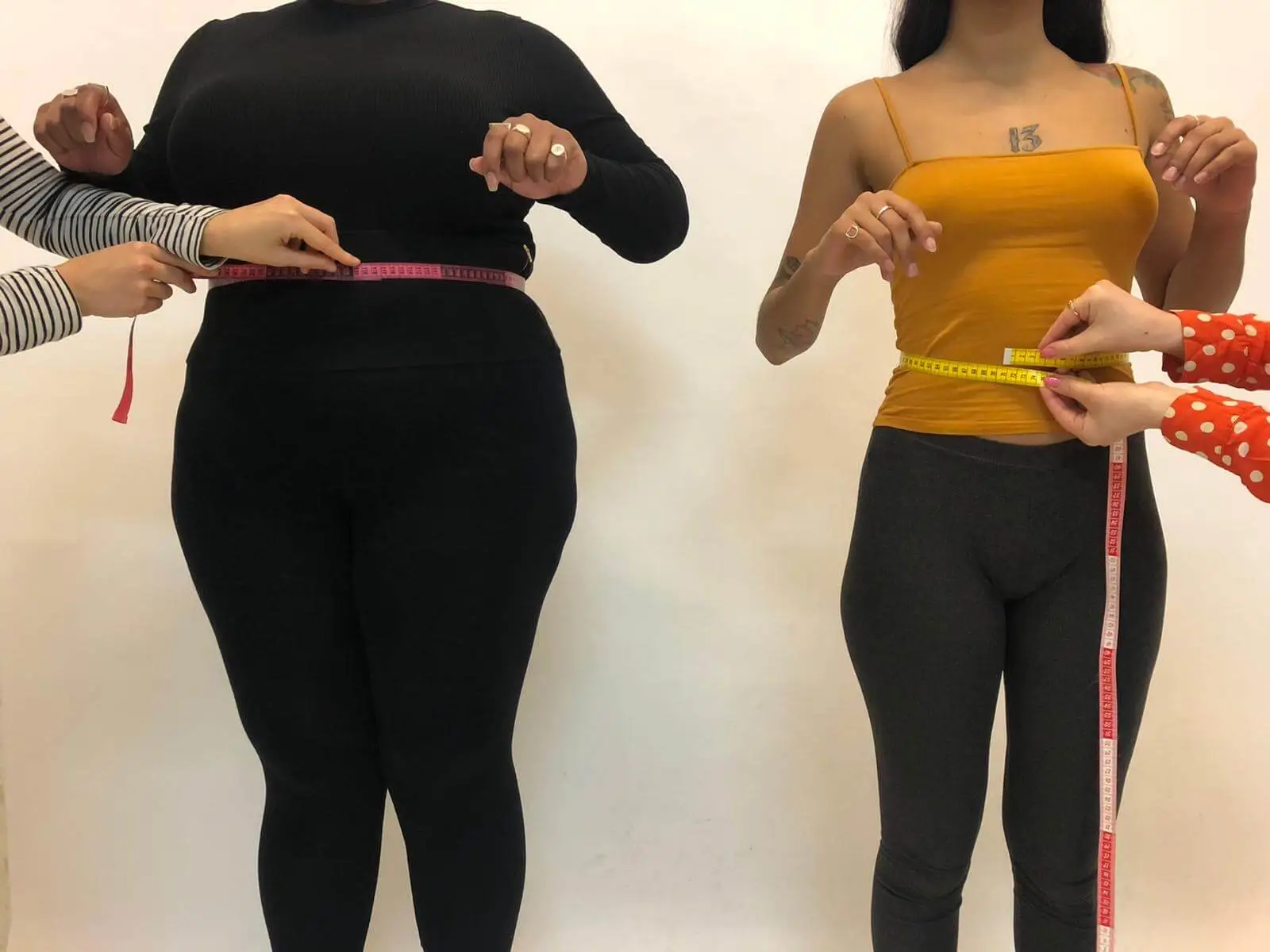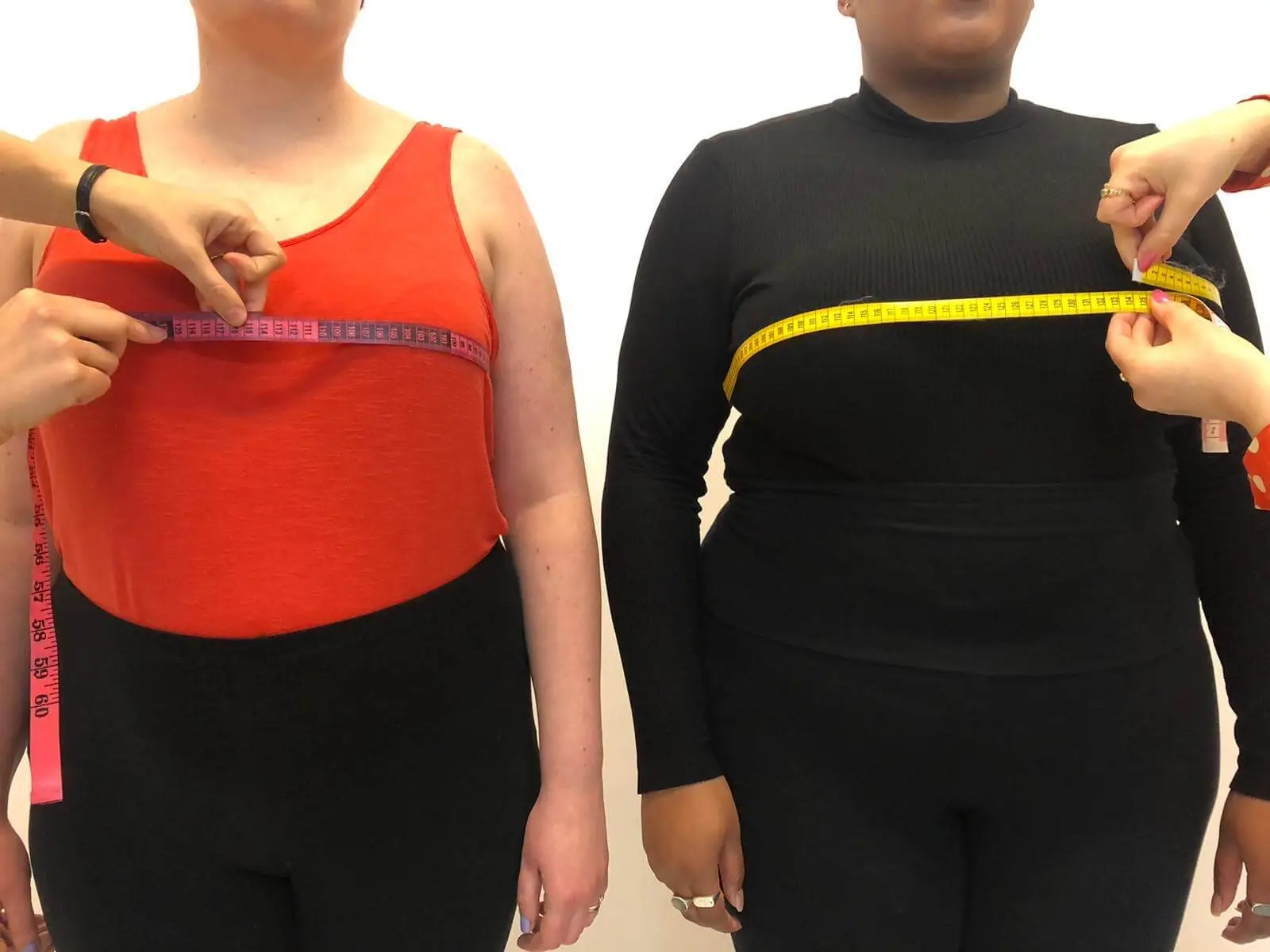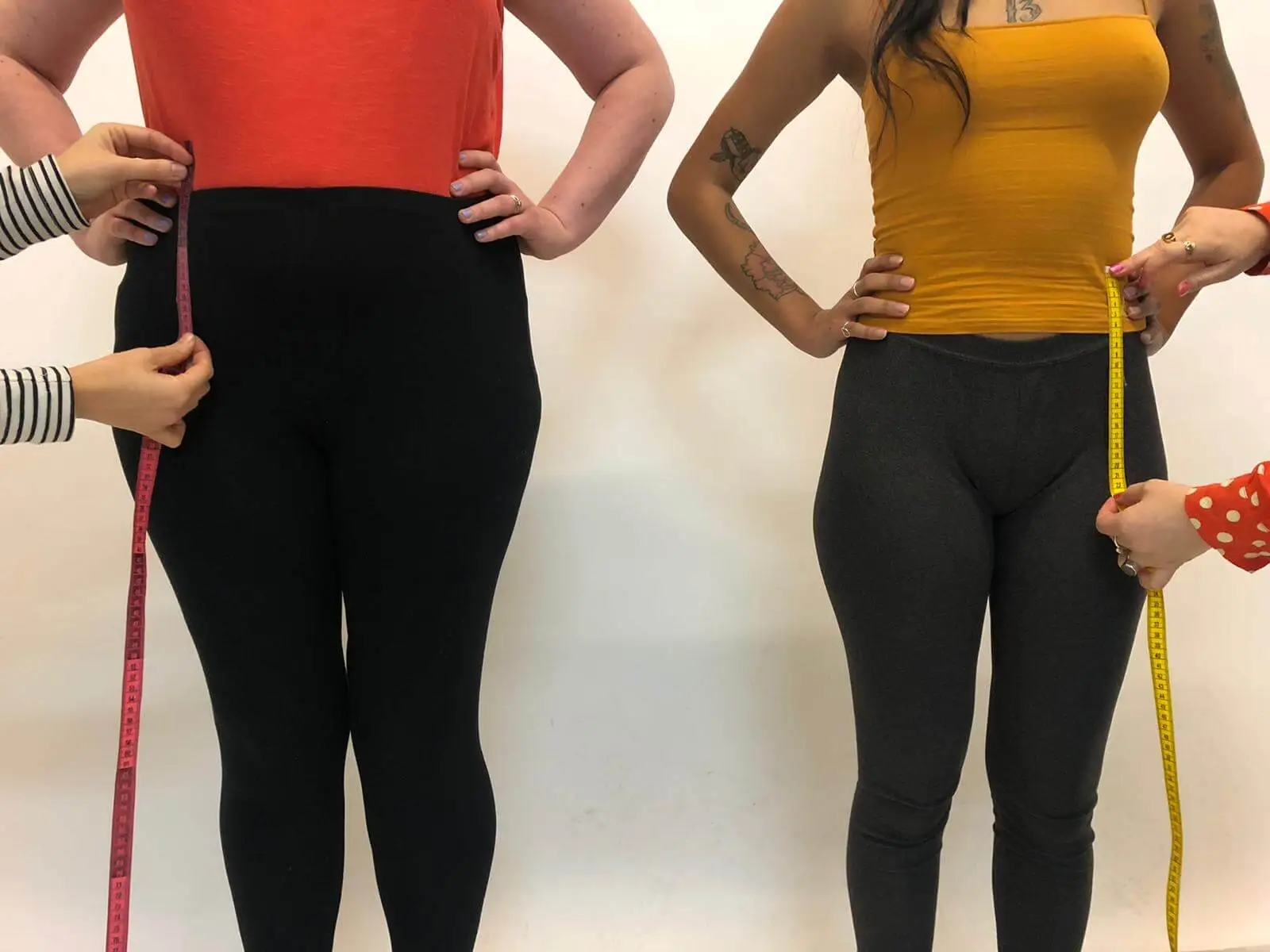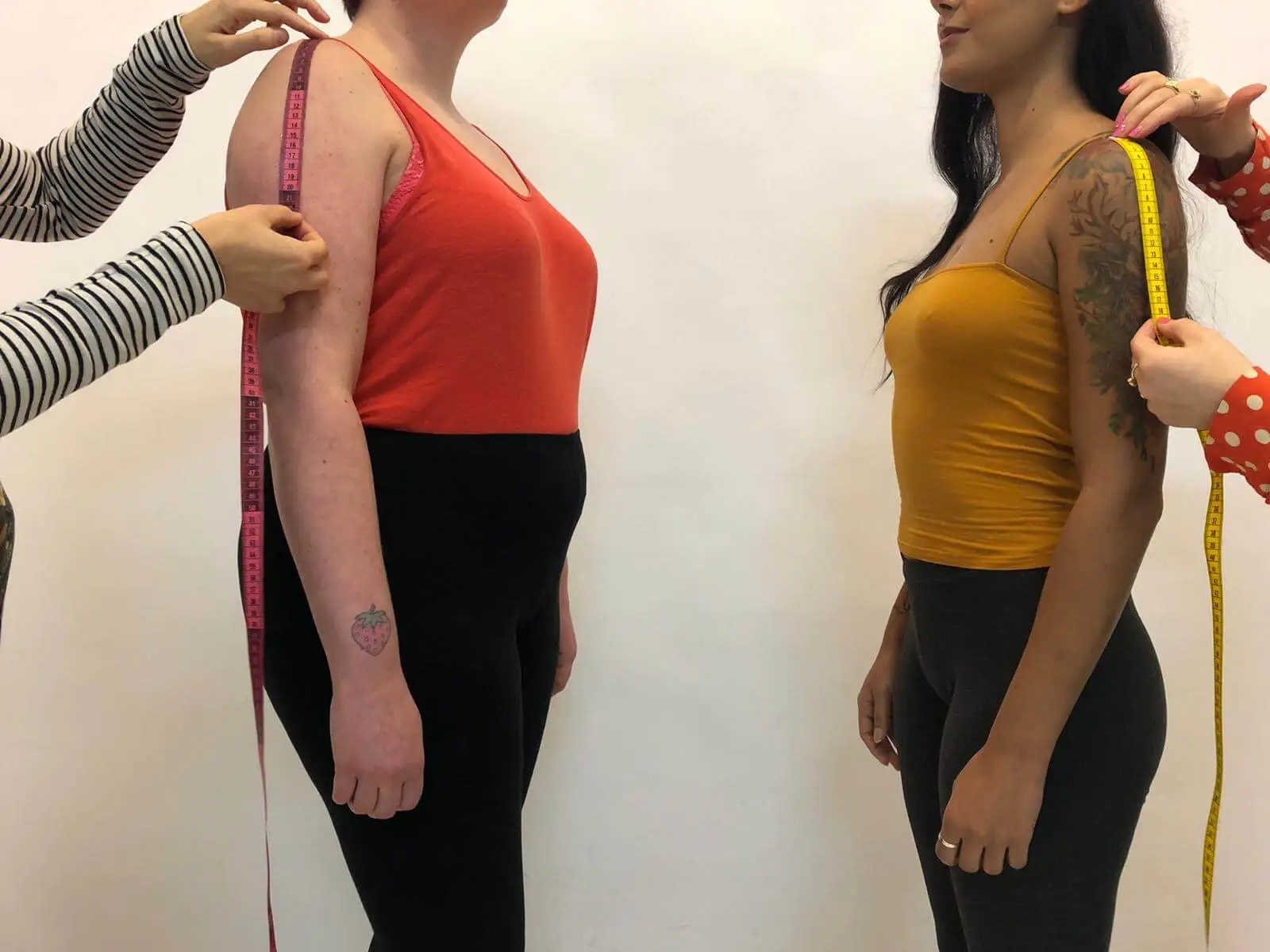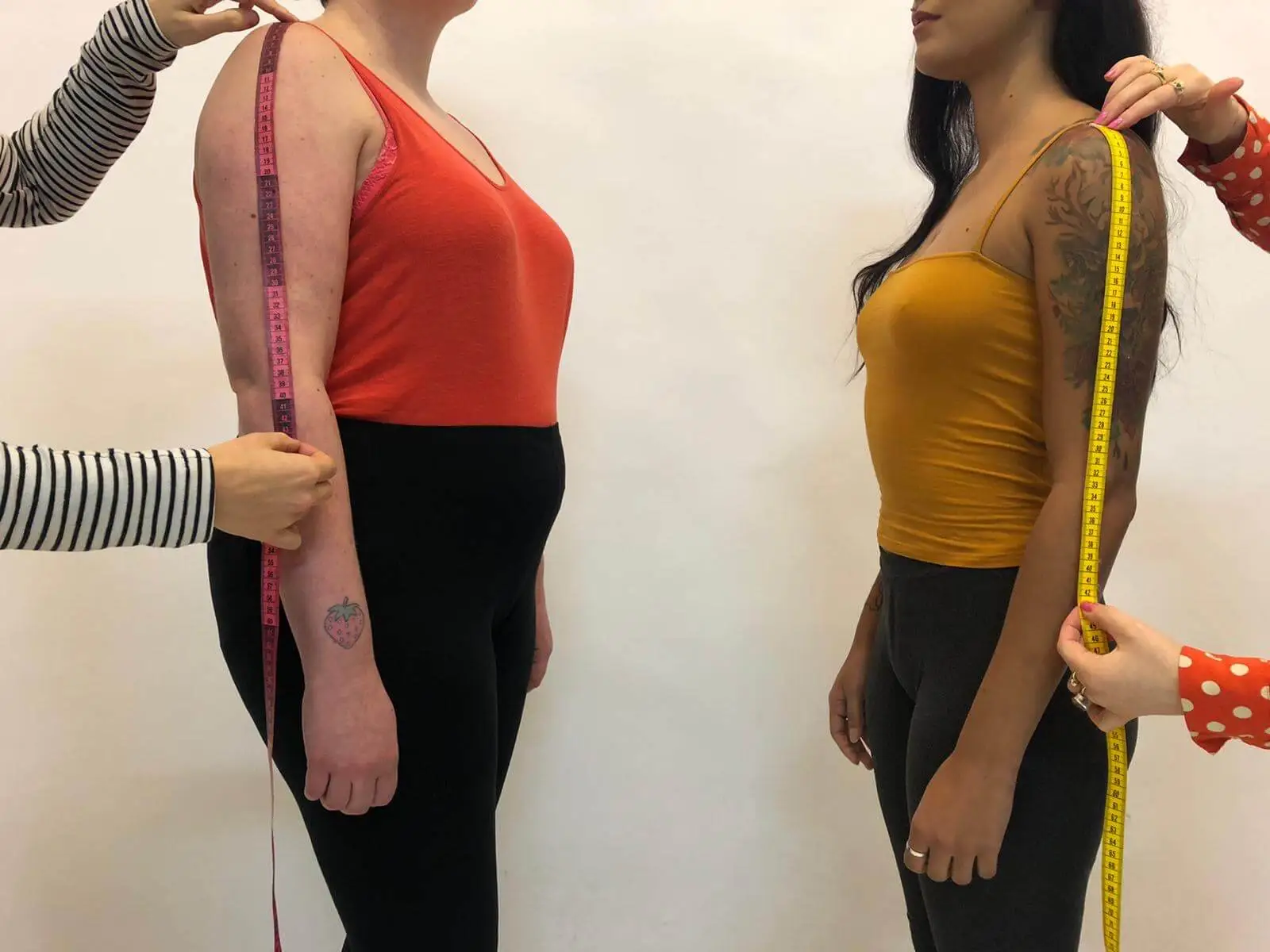SUSTAINABILITY & SMALL BUSINESS BLOG
Fair Pay in the Fashion Industry – Living Wage Week 2019
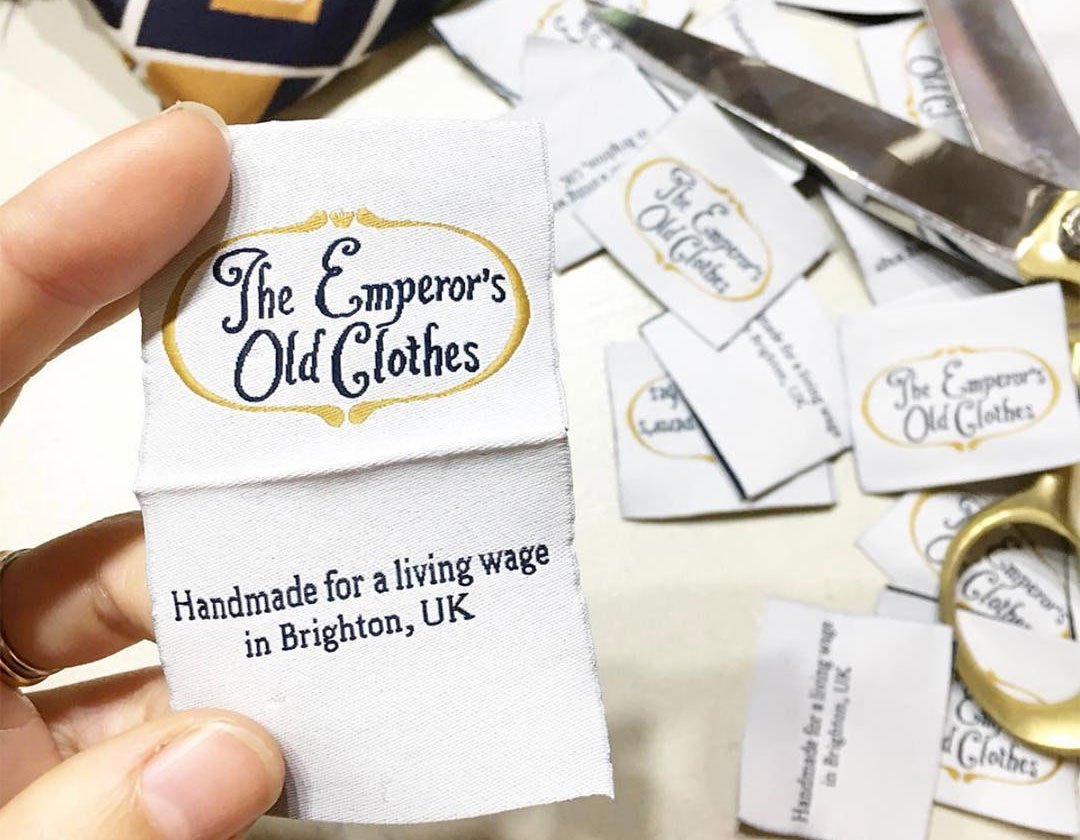
It’s National Living Wage Week in the UK. A huge part of the sustainable fashion movement is to create more transparency: to make consumers aware of who made their clothes, under what conditions and for what rates of pay. As a living wage employer this is a cornerstone to everything we do here at The Emperor’s Old Clothes.
As our contribution to National Living Wage Week we want to share some facts, figures + research around pay structures in the fashion industry and their impact. This is in NO WAY a definitive article but a starting point to encourage you, dear reader, to do your own research and think more about where your clothes come from + how the people who made them are treated.
PIECE WORK VS SALARIES
“Piece rate is defined as work paid according to the number of units produced (for example, the number of T-shirts produced) instead of being paid on the basis of time spent on the job”
According to brand research an estimated of as little as 2% garment workers are paid a liveable wage. Many garment workers in other countries are paid using a paid-piece rate. This informal method of payment doesn’t ensure the workers will receive a pension, health insurance or a substantial living wage. For an industry that profits $1.2 trillion in a year, why is it the people that make the clothes aren’t getting near enough their fair share?
According to a study published by the International Labour Organisation (ILO) garment workers who are paid by piece are more likely to have encountered sexual/emotional/physical abuse in their workplace. The percentage of women paid by piece in the garment industry is higher than males for example, in Pakistan, 58% of women working in garment production are paid by piece whereas only 13% for men. This method of earning is the most viable option to people below the poverty line and is based upon an incentive to work at a pressurised pace rather than a fair wage for the amount of hours worked. There are only a small amount of wage workers in comparison to the nearly 80% of paid-piece employees – 7 out of 9 countries are stuck in informal employment.
Partial piece rated pay is when the worker is paid a very minimum hourly wage and the incentive to earn more is added on top. This is a problematic method of payment as workers are uncertain of how much their pay will be at the end of the month due to the lack of transparency and uncertainty from the employers. This can cause detrimental effects to workers wellbeing and mental health to be put under such a stressful process.
Government action is needed to regulate the fashion manufacturing payment model so as to enforce regulations and a concrete system to end this informal employment in the garment industry. The lack of trade unions especially in previously colonised countries is also a contributing factor as these workers need someone to be on their side in times when they feel like they need to report missed payments or poor working conditions to a member of authority. The decision to change the state of garment manufacturing needs to happen across a country scale or in fact a global one, it will be near possible for one brand to do this on their own – it will require a team effort. The livelihoods of people across the world and including in Britain are put at risk for the benefit of the Western majority maintaining a disposable wardrobe.
In the last 6 years in the UK HMRC has caught out 24 garment manufacturers for not being able to meet the minimum wage for their employees – six of those manufacturers were in Leicester. The city employs around 10,000 people for the production of fashion and textiles a lot of which are not met with the minimum wage – shown in Channel 4’s Dispatches programme it was discovered that few factory owners were offering a wage of £3/3.50 an hour (bearing in mind the minimum wage for over 25s is £8.21) .
The documentary used an undercover source to go into one of the Leicester sweatshops discovering the inhumane conditions that workers were put in, witness to the pressure put on employees that if they didn’t perform better they would be sacked and 0 efforts to check identification papers or completion of contracts.
This is a result of the high demand for fast fashion, factories and their workers are overwhelmed with garments to produce and as a result the workers are being downtrodden. In 2013 H&M had made promised efforts to pay 850,000 garment workers a living wage by 2018 – this is not the case today. This is often the issue in which large apparel brands promise to increase the wage for their garment workers to organisations such as ACT, Fair Labor Association and Fair Wage Network but these actions never go further/never fulfilled.
At The Emperor’s Old Clothes we have always undertaken a different approach to pay structures far more consistent with other industries. Every employee whether on the payroll or freelance signs a contract stating their monthly hours and their rate of pay. Basically our team are paid by the hour not by piece. We really disagree paying by piece despite the fact that it is the industry standard.

When you pay someone by piece you are getting out of paying for your employee’s basic needs in the workplace. You are not paying them to be able to take toilet breaks, to troubleshoot/fix their machine when it becomes unthreaded or plays up. You are not accounting for any basic human errors meaning a piece of work may need to be unpicked and re-sewn.
Whenever any of these things occur the employee – in this case garment worker – is not being paid for their time because in the majority of cases there won’t have been any time accounted for these things when the piece rate has been calculated. We think that is dehumanising and unacceptable.
It is more expensive to employ people for set hours each month despite not knowing exactly how many orders will be coming in. It is a tricky balance relying on people being able to be flexible with overtime when it gets really busy. However in our experience if you treat the people who work with you with dignity and respect they are far more willing to go the extra mile during busy times. And fundamentally it is the right thing to do.
RESEARCH + RESOURCES
We want to conclude with some research on the disparity between UK living wages + living wages overseas where the majority of garment production has been outsourced to:
Again please note: this is just our limited research and not a definitive guide – all sources are linked.
UK
Current UK REAL Living Wage – £9.30 per hour (over 18s, voluntary)
Monthly salary (at roughly 40 hours per week) – £1488
Current UK National Living Wage – £8.21 per hour (over 25, statutory)
Monthly salary (at roughly 40 hours per week) – £1313.60
Current UK Minimum Wage – £7.70 per hour (21 and over, statutory)
Monthly salary (at roughly 40 hours per week) – £1232
CHINA
Average Monthly Minimum wage in China – £453.42
Monthly Living wage in Urban China (last updated 2015) £459.87
Specifics:
Zhejiang region (one of the regions that produces predominantly garments) monthly minimum wage –
highest 2,010.000 RMB = £223.59 in 2018
lowest 490.000 RMB = £54.51in 2005
INDIA
Average Monthly Minimum wage in India – £93.49 (2011/12)
Monthly Living wage in Urban India (last updated 2018) £159.24
BANGLADESH
Average Monthly Minimum wage in Bangladesh – £126.51
Legal Monthly Minimum wage in Bangladesh – £73.85
Monthly Living wage in Bangladesh (Dhaka City) (last updated 2016) £ 151.05
It is also important to note that less than 10% of garment workers globally are part of a union.
Are you really making an ethical purchase when buying from brands that pay a living wage to overseas garment workers when the garment worker monthly wage payment is equivalent in £/$ to the RRP of 2-3 garments? That doesn’t add up to us.
SOME KEY FACTORS ABOUT GLOBAL LIVING WAGES
GENDER PAY GAP
Garment workers are predominantly female and in most of these countries there is a significant gender pay gap between male and female workers.
LOW WAGES = LOW ECONOMIC GROWTH
The solution would be to create the opportunity for economic growth in these countries. However, if this wage were to increase so would the local cost of living which would then have a knock on effect on other people who work in different industries. Remember it is a key tenant of white supremacist capitalism to keep control of both the money and the power across all production and supply chains.
There is also an issue with the factory owners who in some cases don’t pay their workers the correct amount of money – tighter systems and regulation are needed for fair distribution of pay. We believe this should be funded by taxing big fashion brands who are exploiting garment workers – as they have proven they cannot regulate themselves.
ROLE OF CONSUMERS
“There is really nowhere you can shop that’s totally ethical right now, because no garment worker is paid a living wage,” – Ilona Kelly campaign director for Labour Behind The Label. Customers can put pressure on unions to be more transparent about how they are helping workers in other countries to achieve a better wage rather than buying from the companies that clearly don’t achieve this. It shouldn’t just be as simple as buying the ‘right thing’ because there is no way of knowing for definite anymore what is ethical and what isn’t.
This is why we try to be as transparent as possible with you via our social channels and content – we want to let you into the processes behind how we make your clothes so you can decide whether to make your purchase. Imagine if all brands including the big players did the same…
RESPONSIBILITY OF BRANDS
Fast fashion & luxury brands have the money: as productivity increases the wage still stays the same. Brands should be working with the ILO to put pressure on suppliers for better wages for employees.
New brands that have ethical values have the potential to set new ground rules for suppliers and other existing brands as well as being able to communicate with the governments in these countries to ensure minimum wage is a legal requirement. When the annual revenue of Adidas is higher than the annual GDP of Cambodia, Ilona Kelly said, “brands really need to own up and take more responsibility”.
SO IN CONCLUSION…
…do you really know who makes your clothes and how they are treated?
For the majority of people the answer is no.
Educating ourselves as consumers is the first step, lobbying for change is the second.
Just to be clear:
- We are not arguing that wages are the only factor in ethical production at all – so many other factors are integral, especially environmental impact. This is just one part of the discussion.
- We are not advocating for people to shame other people for not having 100% ethical and sustainable wardrobes – there is no ethical consumption under late stage capitalism. However having these conversations with those who hold the same privileges as you, and listening to those who hold less is the best way to start to interrogate your role in the current broken systems and also in the solutions.
RESOURCES
Again – if no way a definitive list:
AJA BARBER’S PATREON
We cannot recommend joining Aja’s Patreon enough – she shares so many interesting articles, writes incredible thought pieces and holds space for meaningful discussion around sustainable fashion, intersectionality and race. Tiers start from $5 a month (with a currently sold out student tier at $1 a month). Perfect gift to give yourself this holiday season.
LABOUR BEHIND THE LABEL
FASHION REVOLUTION
FASHION ROUNDTABLE
THE SLOW FACTORY
LIVING WAGE FOUNDATION UK
Research + copy by Cressida Drummond-Hill – Marketing Assistant ; Editing + opinionated copy by Cecily Blondel – Owner


